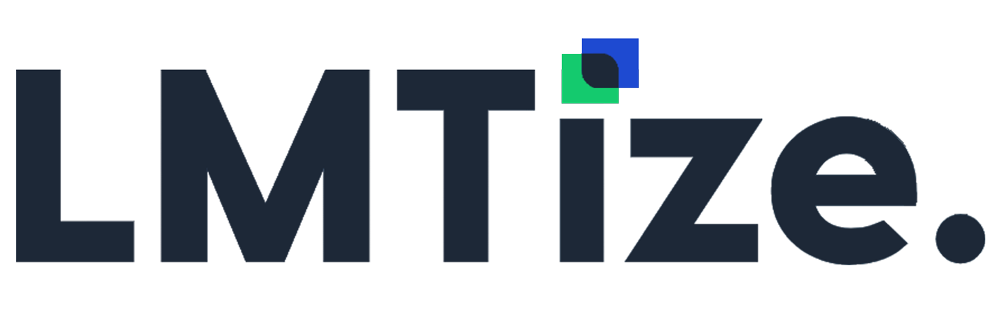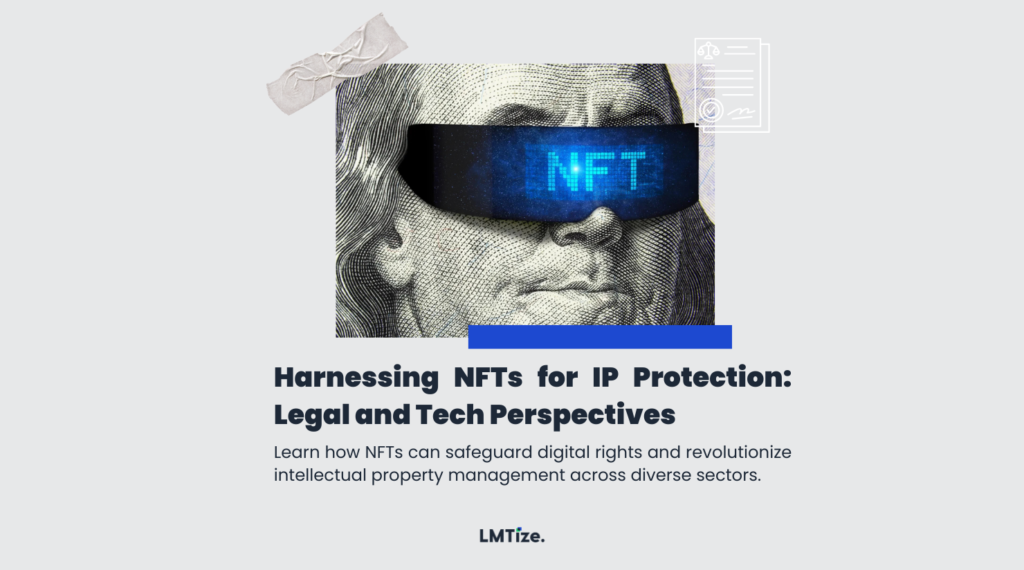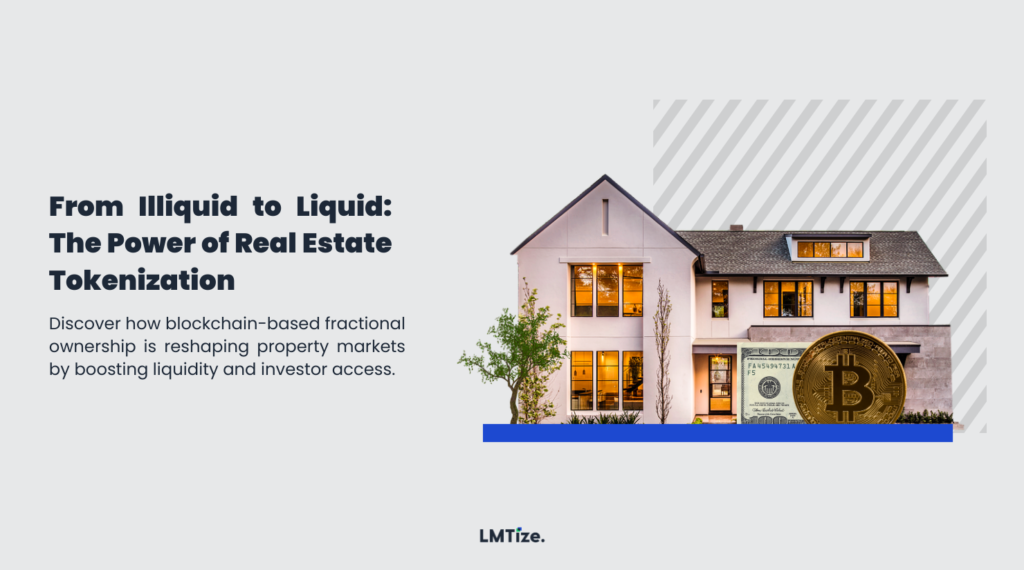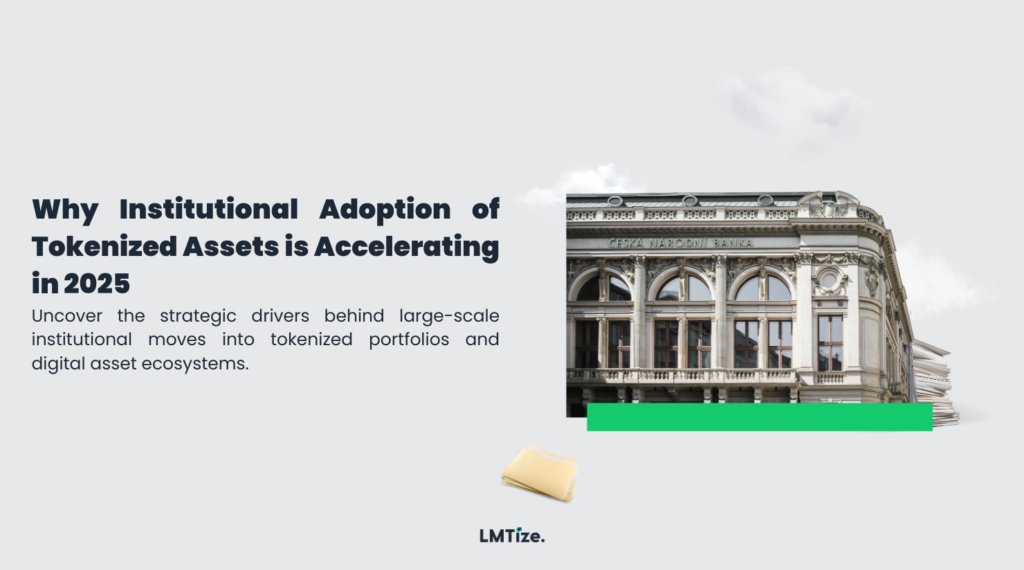Diversifying Portfolios: Tokenized Commodities and Their Rising Appeal
Introduction: The Evolution of Commodities Investment
For centuries, commodities like gold, oil, natural gas, and agricultural products have been essential components of investment portfolios, offering a hedge against inflation and market volatility. However, traditional commodity trading has faced high entry barriers, illiquidity, and complex logistics that limit accessibility for average investors.
The rise of tokenized commodities—blockchain-based digital representations of physical assets—is transforming the investment landscape. By enabling fractional ownership, 24/7 trading, and global accessibility, tokenization is revolutionizing how investors engage with commodities. This article explores the benefits, risks, real-world applications, and future outlook of tokenized commodities.
Challenges of Traditional Commodity Investing
1. High Capital Requirements
- Investing in commodities often requires large upfront capital to purchase significant quantities.
- Example: Gold bars and oil contracts require substantial investment, making it difficult for small investors to participate.
2. Limited Liquidity and Trade Constraints
- Physical commodities are not easily divisible or tradable, leading to lower liquidity.
- Traditional commodity markets operate on fixed trading hours, limiting access to global investors.
3. Storage, Security, and Regulatory Complexities
- Owning physical commodities requires secure storage, insurance, and compliance with various legal frameworks.
- Futures contracts, while an alternative, are complex and often require specialized financial knowledge.
How Tokenization is Transforming Commodities Trading
Tokenization leverages blockchain technology to represent ownership of physical commodities in digital form. These asset-backed tokens can be traded on decentralized platforms, offering increased accessibility and liquidity.
1. Fractional Ownership and Democratized Access
- Investors can purchase small fractions of tokenized commodities, reducing barriers to entry.
- Example: Instead of purchasing a full ounce of gold (approx. $2,000), investors can buy fractions via tokenized gold-backed tokens.
2. Enhanced Liquidity and 24/7 Trading
- Tokenized commodities can be traded on blockchain-based exchanges, ensuring liquidity outside traditional market hours.
- Real-time settlements eliminate long clearing processes found in traditional commodity trading.
3. Transparency and Security Through Blockchain
- Every tokenized commodity is backed by verifiable reserves, ensuring transparency and reducing counterparty risk.
- Blockchain records provide immutable proof of ownership and transaction history.
4. Lower Costs and Faster Transactions
- Smart contracts eliminate intermediaries, reducing transaction fees and settlement delays.
- Investors benefit from reduced storage, insurance, and brokerage costs.
Real-World Applications of Tokenized Commodities
Case Study 1: Gold-Backed Tokens (PAXG and Tether Gold)
- PAX Gold (PAXG) and Tether Gold (XAUT) allow investors to own tokenized gold with physical gold reserves backing each token.
- Impact: Provides a cost-effective alternative to traditional gold ETFs and futures contracts.
Case Study 2: Oil-Backed Digital Assets
- Tokenized oil projects, such as VAKT and Petro Token, facilitate real-time settlement and global oil trading.
- Impact: Reduces trading friction and brings transparency to commodity supply chains.
Case Study 3: Agricultural Tokenization (GrainChain)
- GrainChain has tokenized grain and agricultural supply chains, ensuring fair pricing and reduced fraud.
- Impact: Empowers farmers by securing instant payments and improving global distribution.
Regulatory Landscape for Tokenized Commodities
1. SEC and CFTC Oversight in the U.S.
- The Securities and Exchange Commission (SEC) and Commodity Futures Trading Commission (CFTC) regulate asset-backed tokens as securities or commodities, depending on classification.
- Projects must comply with Know Your Customer (KYC) and Anti-Money Laundering (AML) laws.
2. European Union’s MiCA Regulation
- The Markets in Crypto-Assets (MiCA) framework is introducing regulations for crypto-based financial instruments, including tokenized commodities.
- Germany and Switzerland have established clear frameworks for commodity-backed digital assets.
3. Asia’s Emerging Digital Asset Policies
- Singapore and Hong Kong have developed sandbox environments for tokenized commodity projects.
- Japan and China are exploring commodity-backed stablecoins as a bridge between traditional finance and blockchain markets.
LMTize: Your Partner in Tokenized Commodities Investment
LMTize is a leading asset tokenization agency, specializing in the creation, issuance, and trading of tokenized commodities. Our blockchain-powered platform enables secure, compliant, and scalable digital asset solutions for investors, financial institutions, and commodity traders.
Through LMTize, you can access tokenized gold, oil, agricultural assets, and rare metals, all backed by real-world reserves and verifiable on blockchain.
Frequently Asked Questions (FAQs)
What are tokenized commodities?
- Tokenized commodities are blockchain-based digital assets representing real-world physical commodities like gold, oil, or grain.
How do tokenized commodities improve liquidity?
- These assets can be fractionally owned and traded on blockchain-based exchanges 24/7, providing greater liquidity than traditional markets.
Are tokenized commodities backed by real assets?
- Yes, each token is fully backed by reserves, stored in regulated vaults, warehouses, or financial institutions.
What are the benefits of investing in tokenized commodities?
- Lower entry barriers, enhanced liquidity, transparency, security, and cost efficiency.
How can I buy tokenized commodities?
- Investors can acquire tokenized assets through regulated exchanges, DeFi platforms, and commodity token issuers like LMTize.
Are tokenized commodities subject to regulations?
- Yes, they must comply with SEC, CFTC, and MiCA regulations, depending on the jurisdiction.
What risks are associated with tokenized commodities?
- Market volatility, regulatory uncertainty, and smart contract vulnerabilities are key risks to consider.
How does blockchain ensure the security of tokenized commodities?
- Blockchain provides immutable transaction records, verifiable asset reserves, and decentralized trading infrastructure.
How does LMTize support tokenized commodities?
- LMTize offers token creation, custody solutions, and compliance-driven infrastructure for tokenized commodity investments.
Where can I learn more about tokenized commodity markets?
- Follow LMTize, SEC updates, European MiCA regulations, and commodity-backed digital asset exchanges for insights.
Conclusion: The Future of Tokenized Commodities
Tokenized commodities are redefining investment portfolios, offering diversification, liquidity, and accessibility to previously illiquid markets. As institutional adoption grows and regulatory clarity improves, tokenized commodities are set to become a mainstream financial instrument.
With LMTize leading innovation in asset tokenization, investors can securely access gold, oil, agriculture, and rare metal markets in a fully transparent and decentralized manner. The future of commodity investment is digital—are you ready to be part of it?




